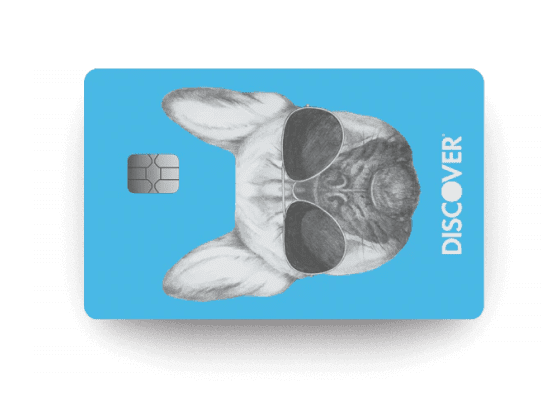If your application for a student credit card is declined, there's no need to worry or lose hope. The key is to find out why you received a rejection. Understanding the reason a credit card company denied your application can guide you to make adjustments that may enhance your prospects for future approvals.

Why Did I Get Denied for a Student Credit Card?
6 min read
Last Updated: September 3, 2025
Next steps

See if you're pre-approved

Learn about Discover student credit cards
See rates, rewards and other info
You may also be interested in
Was this article helpful?
Was this article helpful?




